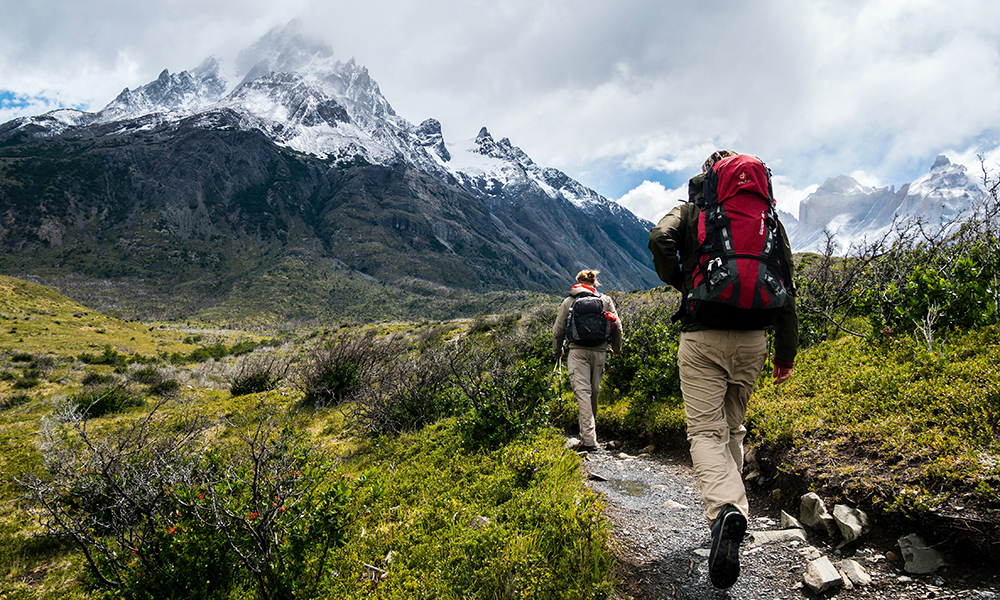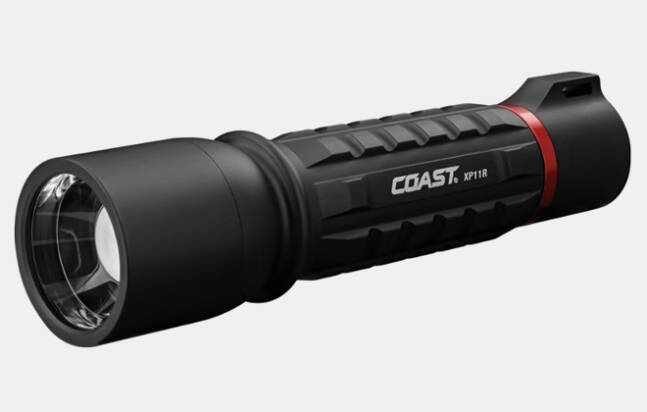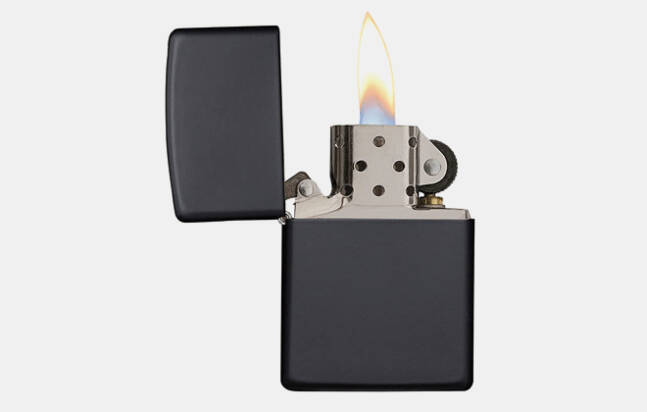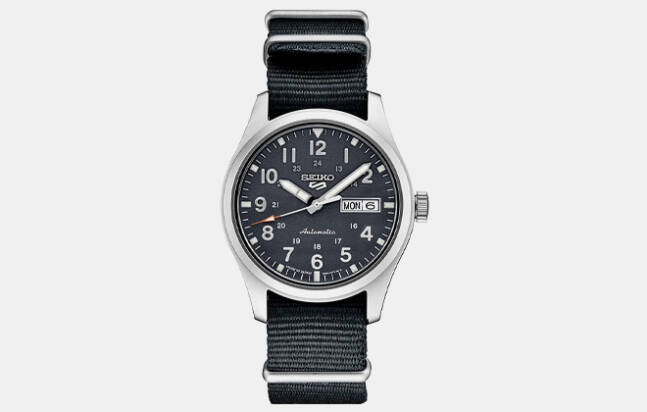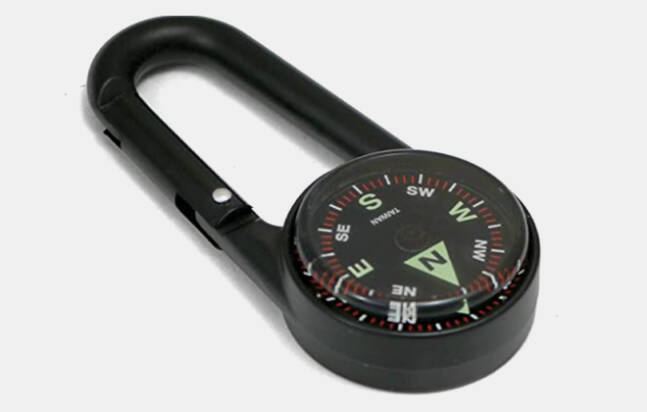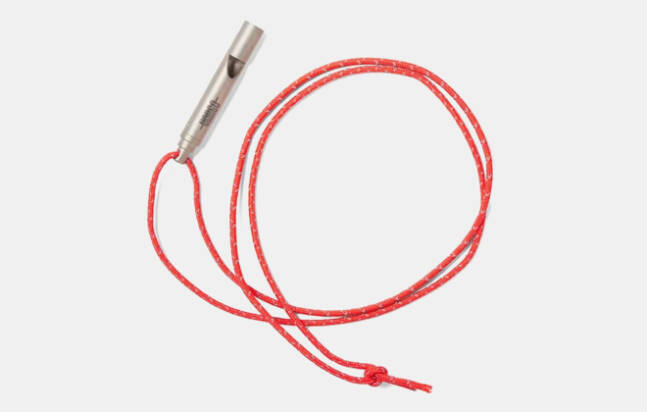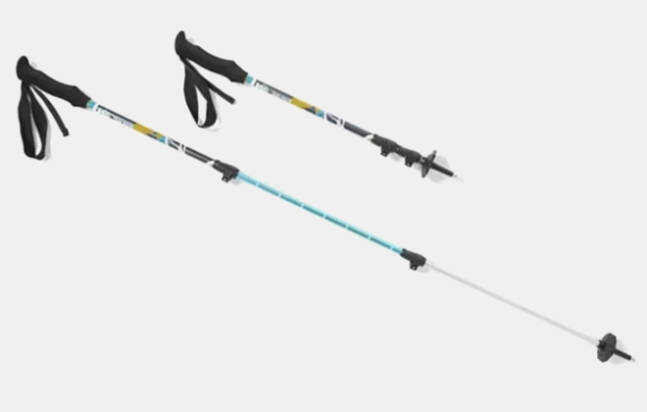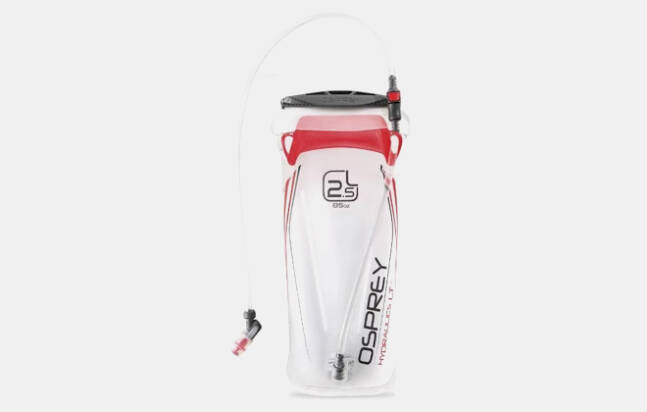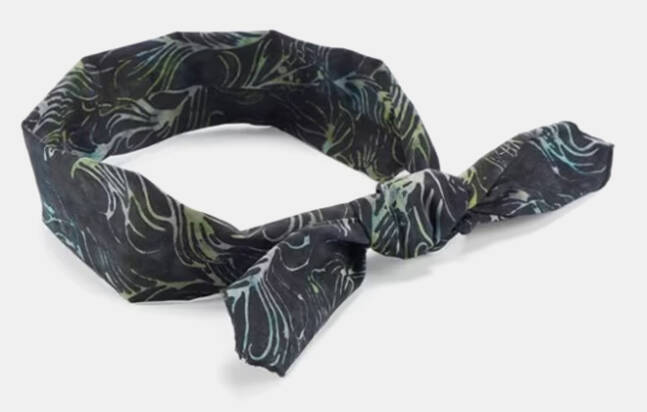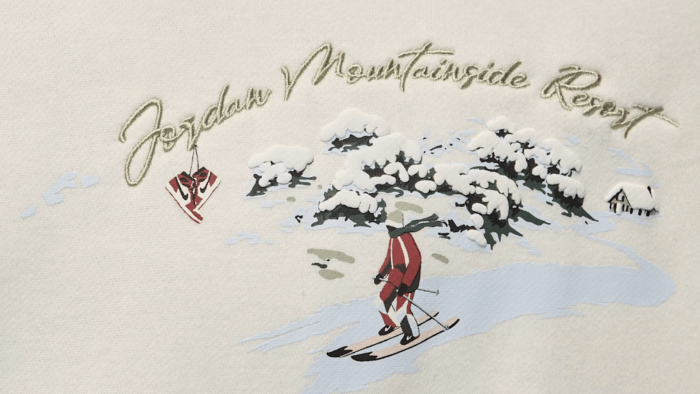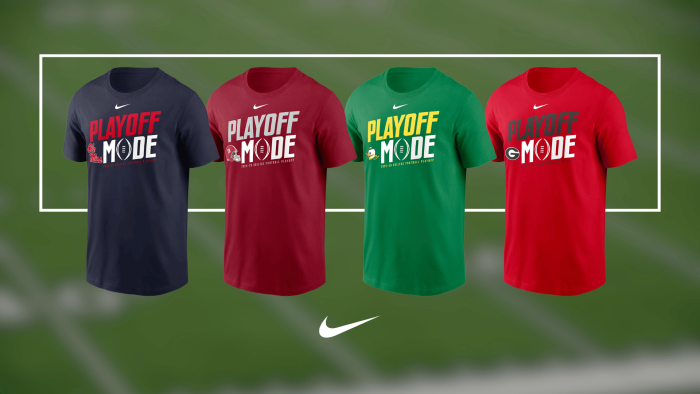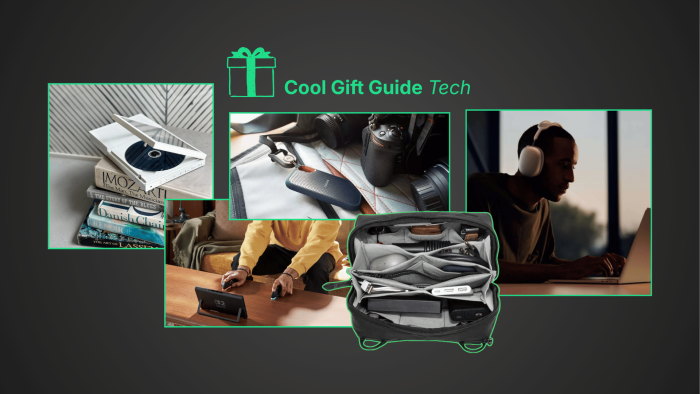Day hikes and casual weekend excursions along established trails in prepared campsite rarely end up with someone 127 Hours-ing themselves out of a gulch. It’s when you get more adventurous, the first few steps from beginner to intermediate, that you’ll find yourself new situations you might not be prepared for. This is mostly because you’re likely coming off a string of successful trips, so your confidence in your abilities is higher, despite not actually having all that much experience in a variety of situations. It’s the outdoorsy version of the Dunning-Kruger Effect and has you swearing the parking lot is just around the next corner for three miles in an increasingly dusky forest.
It’d be easy to overcompensate by buying every single piece of safety gadget in stock at REI or Mountain Warehouse or whatever your local outdoors shop is called. But if you do that, you’ll end up with a second mortgage. It’s better to follow some common sense precautions, pick up reliable equipment, and keep your wits about you.
Gear You Should Bring on All Hikes
First Aid Kit
I was talking to someone once about starting to get out on bigger hikes and I mentioned needing a first aid kit. They told me to avoid the prepared ones most stores sell and put one together myself. Not because the prepared ones are faulty, cheap, or unsatisfactory in any way, but because then I’ll know exactly what’s in my kit and where it’s at. The last thing you want in an emergency is to be frantically rooting through your kit, only to find out it didn’t come with the kind of bandage or tape you need. It’s not like you have to come up with the full list all on your own. The Washington Trails Association has an exhaustive list of the things you should include.
Flashlight/Headlamp
Plenty of people get by with a $10 LED flashlight something they got out of a swag bag giveaway, but that’s a little too much fate tempting for me. We’d all be better off just spending the money on a good flashlight, headlamp, or both. Especially because, if you really are stranded on the trail with a shoddy flashlight, the $50 you saved doesn’t seem quite so good anymore. For a flashlight, I like this one from Coast because it’s rechargeable with the option to use a few AAAs as a backup. For a headlamp, Black Diamond always comes back as the clear leader.
Buy Now $60Power Bank
The most obvious use here is keeping your phone at a good power level, but a lot of flashlights are rechargeable these days, so that’s a good ancillary benefit. And battery technology is getting so good that smaller and smaller devices can hold more and more power. This one from Otterbox holds enough to charge your phone or flashlight a couple of times and is durable enough to survive the inevitable drops, bumps, and scrapes against rocks, dirt, water, trees, and whatever else you’ll meet on the trails. It’s also probably smaller than your phone, so you’re not even giving up that much space to it.
Lighter
You can keep a ferro rod or something as a backup, but you should definitely have a lighter on you for a multi-day excursion. It’s way easier to start a fire if you already have a fire in your pocket. This list has some of best lighters you can buy, but it’s hard to go wrong with a classic wind resistant Zippo.
Analog Wristwatch
I don’t know why, but Bear Grylls talking about using his watch to find North and South got stuck in my head at a very young age. If you don’t know the trick, here’s a handy guide.
In more practical terms, having a wristwatch will save the battery on your phone. You won’t have to take it out and turn it on every time you want to check the time. It’s not going to magically make the battery last five days, but it’ll at least make sure you’re only using the phone when you actually need it.
It also gives you an excuse to splurge on a field watch.
Paper Map and Compass
Paper can’t run out of batteries, it can’t have its screen smashed, and it can’t leave its service area. It also admittedly can’t give you an exact GPS location, but having a compass to go along with it, as well as some basic map reading skills, will get you close enough that it won’t matter.
I started picking up paper maps wherever I go, even if it’s just a paved walking trail at a highly trafficked national park. Worst case, I can use it for real guidance. Best case, I have a souvenir from my visit.
Whistle
I got this whistle when my overactive imagination had me pinned with no voice in an ice crevasse watching my fellow hikers’ crampons pass right over my head. Or laying at the bottom of a gulley with the wind knocked out of me. Or blindly wandering dehydrated and starving through thick woods a quarter mile off a trail. Those things probably would never happen to me, but if they did I have just the tool to get someone to come help.
Extra Gear You Should Bring on Mountain Hikes
Hiking Poles
You could probably use poles for any hike, anywhere, but they’re the most consistent help in the mountains. Used right, they help manage the added weight and imbalance of your backpack, especially in places where the terrain feels like it’s working against you. I always found coming down off mountains was much harder and was where my legs would start to get shaky and footing less sure.
You don’t have to use them all the time—I’ve found they sometimes get in the way more than they really help—but there have definitely been some times I wanted the extra security.
Extra Gear You Should Bring on Beach Hikes
Tide Tables
Tides are one place I feel a little disconnected from our more primitive ancestors. Most, if not all, of our ancient seafaring and coastal ancestors were intimately connected with the flow and ebb of the tides, but here I am googling “high tide/low tide times” anytime I get close to water. Then immediately forgetting what I read and googling it again.
Before a beach trip, you should print out and waterproof the tide tables for wherever you’ll be. You don’t want to get the timing of a scenic detour wrong and find the tide came in while you were admiring the view from a seaside cliff. At best, it’s a long delay. At worst, it puts you at risk of running out of food and water.
Extra Gear You Should Bring on Desert Hikes
Hydration Reservoir
I read a lot of Far Side, which means I’ve been inundated with images of stranded skeletons whose owners met their ends often within feet of a water source. I would like to avoid that fate as best I can and I’m fine if that means I become my own mobile water source.
I really like this reservoir because it slides right into a bag you probably already have, doesn’t take up a lot of space, and holds a lot of water. Even more importantly it’s easy to clean, which was the downfall of the first reservoir I had years ago.
Kool Tie
I’m generally pretty skeptical about products that promise miraculous performance boosts, like those magnet bracelets everyone was wearing to keep their blood aligned or whatever it was. But knowing a Kool Tie for the concept alone is valuable. You to soak the fabric in water and throw it in a freezer, then tie it around your neck when you’re out in the desert. There are crystals that soak up the water and give a slow release, leading to an evaporative cooling effect when worn against the skin. It’s only $12, but if you’d rather use what you have then you can soak a bandana or dish towel to similar effect.
Buy Now $12
